The Jones course (or as they call it, the ‘Robert Trent Jones Masterpiece’) at Treetops was its first and may be the type species for northern Michigan deep forest adventure golf. Although it wasn’t the first of its type (I think that award goes to the Legend at Shanty Creek), it’s exemplary of the type, taking you on a long ride up and down severe hills through thick woods, with some of the steepest drop shots in the state. It also has small greens and sometimes narrow fairway perched on the edge of wooded oblivion, making it perhaps the most difficult of a type of course that already tends to be quite difficult.
I’ve always had a bit of a soft spot for the Jones course, perhaps because I played well on my first visit in the early 2000s (although definitely not on my second about 10 years later). But I think I'm pretty good about not letting how I played affect my judgment of a course and that aside, the Jones course is lot of fun to play and it's stunning. I’m not quite sure why, but it feels more adventurous than its counterparts here and at the other big northern Michigan deep forest resort courses. It feels like you’re driving around the whole greater Gaylord area out there and like its younger sister the Smith Signature, there’s a nice variety of landscapes and good transitions between them. I think I like it because it feels like more of an adventure than almost any other course that I can think of, even if that isn't always so good for the quality of the golf. But people will (and do) like it.
The difficulty starts with the medium length par 5 first. It requires a solid drive to carry a big ravine and unless you hit a long drive well out between the fairway bunkers, you’ll have a blind, downhill shot to a lay-up area that slopes toward a pond in front of the green. If you’re laying up, you should lay well back to avoid rolling into the pond. If you’re going for it, you need to be very accurate because both the run-up and the green itself are very narrow. Tom Doak hates this hole, but I think it’s fine as long as you hit a half decent tee shot and don’t get too aggressive with your second.
I’ve always had a bit of a soft spot for the Jones course, perhaps because I played well on my first visit in the early 2000s (although definitely not on my second about 10 years later). But I think I'm pretty good about not letting how I played affect my judgment of a course and that aside, the Jones course is lot of fun to play and it's stunning. I’m not quite sure why, but it feels more adventurous than its counterparts here and at the other big northern Michigan deep forest resort courses. It feels like you’re driving around the whole greater Gaylord area out there and like its younger sister the Smith Signature, there’s a nice variety of landscapes and good transitions between them. I think I like it because it feels like more of an adventure than almost any other course that I can think of, even if that isn't always so good for the quality of the golf. But people will (and do) like it.
The difficulty starts with the medium length par 5 first. It requires a solid drive to carry a big ravine and unless you hit a long drive well out between the fairway bunkers, you’ll have a blind, downhill shot to a lay-up area that slopes toward a pond in front of the green. If you’re laying up, you should lay well back to avoid rolling into the pond. If you’re going for it, you need to be very accurate because both the run-up and the green itself are very narrow. Tom Doak hates this hole, but I think it’s fine as long as you hit a half decent tee shot and don’t get too aggressive with your second.
After crossing the entrance drive, we have a medium long uphill par 3 to a green with bunkers…seemingly everywhere. Add in the ravine and it’s a very intimidating shot, the first of many. While I didn’t get a picture, the back tee on the mid-length par 4 third is one of the wildest I’ve seen; about a 230 yard carry through a chute of trees across a wooded ravine. The rest of the tees, to the left of the ravine, leave a visually simple tee shot, but now a good drive can run through the fairway to the left over the cart path into another (blind) ravine. You must err short on the approach to the deep, skinny plateau green because anything missing to the sides or long is likely lost.
The over-difficulty continues on the long par 3 fourth. The built a new, receptive green in a grove of trees to the right about 15 years ago but as of the summer of 2020, they had abandoned it in favor of the original green up the hill 200 yards to the left, almost completely fronted by two bunkers.
The par 5 fifth is my choice for the worst hole on the course and is simply one of the worst holes that I’ve ever played. The landing area for the fairway is a bit too narrow and the trees on either side are an almost guaranteed lost ball. If hit your ball straight down the right side with some distance, it will likely bound forward into the woods. The second shot is even worse. There’s a huge ravine on the left and the fairway snakes along about a 12 yard wide ridge, also sloping off on the right…over a cart path into the woods. Unless you can reach the green, where it opens up again, the only sensible play is to lay back to about 150 yards. One of my playing partners hit what he thought was a good lay-up shot toward the tallest tree in the second picture. I didn’t see him again until about 10 minutes later when we teed off on the sixth.
The sixth is the most famous hole at Treetops and apparently, the namesake for the resort. That’s appropriate if true because you’re shooting out of the treetops, 120 feet downhill to the green. It’s a difficult shot to judge because none of us is used to hitting such a downhill shot. I think I took two clubs less on a calm day but if the wind were blowing, you’d probably take fewer shots if you just putted it down the winding cart path.
The seventh is a medium length par 4 with an approach that’s more uphill than it seems. That brings us to the sharp dogleg right par 4 eighth, a solid contender for the second-worst hole on the course. The tee shot is actually quite good; you can play safe into the slope to the left, but you can dramatically shorten the approach by skirting the trees on the right and cutting the dogleg. That’s especially important here because the green is on a peninsula into a pond and while probably 40 yards deep, is about 17 feet wide. Plus there’s a bunker front right and a small one front left. I just don’t really get it. I don’t know why you’d build such a narrow green surrounded by water with a bunker short making it also difficult to play safe (one of my playing partners attempted to lay-up, only to have his ball bound forward over the edge of the bunker onto the green. Maybe that’s the way to play it.).
The next two holes are quite a hike uphill but I actually like both of them. You need to keep your drive on the medium length par 4 ninth to the left to have an open angle to the green. The tenth is an adventure and a beast from the back tees—about 620 yards, down into a valley for about 250 yards, then about 100 feet uphill for about the last 370. One thing I like about long uphill holes is that the put a real premium on hitting the ball solidly. You can be stuck on that hill for awhile if you don’t. And this hole does a good job of keeping the additional challenges to a minimum, which is a nice change of pace. There’s a single bunker about 125 yards short of the green but if you can’t carry it, there’s room to go around it on the right. The hole also offers a nice change of scenery as it opens up into a beautiful, sprawling meadow.
The eleventh is a beautiful mid-length par 4, sweeping left around two fairway bunkers then back uphill to a plateau green. The twelfth takes us back through a meadow, doglegging gently to the left to a green that is unnecessarily difficult to hit; shallow and on a plateau, with a trough of rough block the run-up to most of the green. As with the fourth and eighth, I’m not sure why Jones wanted to make it so difficult to hit this green, especially when everything else is already so difficult.
Including the medium long par 3 thirteenth to a very wide, but very shallow green that has a high left and low right tier. There isn’t much much of a good place to miss here. The fourteenth features a downhill, semi-blind drive where the fairway abruptly ends at a ravine about 125 yards short of the green. From here, it’s a shot over a lot of lost golf balls (I found a few nice ones) to a deep but narrow green. It’s one of the better approach shots on the course for my liking because you probably won’t lose a ball if you get it up there and most recovery shots are manageable.
The next hole is a short par 4 that isn’t really drivable—but that didn’t stop everyone in the 28-person outing in front of us from trying and slowing the pace of play to three hours for the back nine (due, I suspect, entirely to this hole because the pace slowed to nothing as we approached this tee then it picked back up for the last three holes). It’s a well-designed hole, narrowing as you get closer to the green, but they need to clear a lot of trees and junk around the tee because the fairway is barely visible from the tips.
After a short, uphill par 3 which shouldn’t be too hard if you don’t pull it left down onto the seventeenth tee, the medium length par 4 seventeenth opens back up into a meadow. You need to stay left of the two right side fairway bunkers to have an open shot to a shallow, very Trent Jones green complex, with two bunkers in front and one behind built into one of two mounds.
The last is a long straight par 5 with a large fairway bunker on the left. Although there’s a lot of room right, you should keep your drive to the left because from the right rough, you’ll be partially blocked by trees. All that you need to do with the second is to keep it ahead of you and hopefully, get it to a yardage that you like to give you an easier shot to the small, heavily sloped green.
You might be surprised about the critical tone of most of this review after I said in the beginning that I have a soft spot from this course and find it a lot of fun to play. 17 foot wide greens with ponds on both sides and good lay-ups that result in lost playing companions don’t sound like a lot of fun (well, maybe the latter depends on the playing companion…). But thinking back on it, here’s the sense that I can make of that—individually, many of the holes are too severe, but the collective experience of playing them is fun because playing the course feels like a real adventure, taking you through many different settings…up and down hills, out into meadows, into the middle of ponds. It’s a great place to drive a golf cart around and drink a few beers with your friends…although they should have a blood alcohol limit about half of the legal one out here because driving the cart is at least as much of an adventure as playing the holes. And most of the holes really aren’t bad, although I wouldn’t say that any stands out as being particularly great.
Overall, the Jones is a tough course to rate. I’d definitely recommend playing here, but I wouldn’t say that it’s a really good course. It’s probably the worst of the four main Treetops courses, but I’d rather play it again than one or two of the others and I’d certainly recommend playing it to a first time visitor who didn’t have time to play all of them. It’s a pretty unique experience and definitely pure northern Michigan.
Overall, the Jones is a tough course to rate. I’d definitely recommend playing here, but I wouldn’t say that it’s a really good course. It’s probably the worst of the four main Treetops courses, but I’d rather play it again than one or two of the others and I’d certainly recommend playing it to a first time visitor who didn’t have time to play all of them. It’s a pretty unique experience and definitely pure northern Michigan.
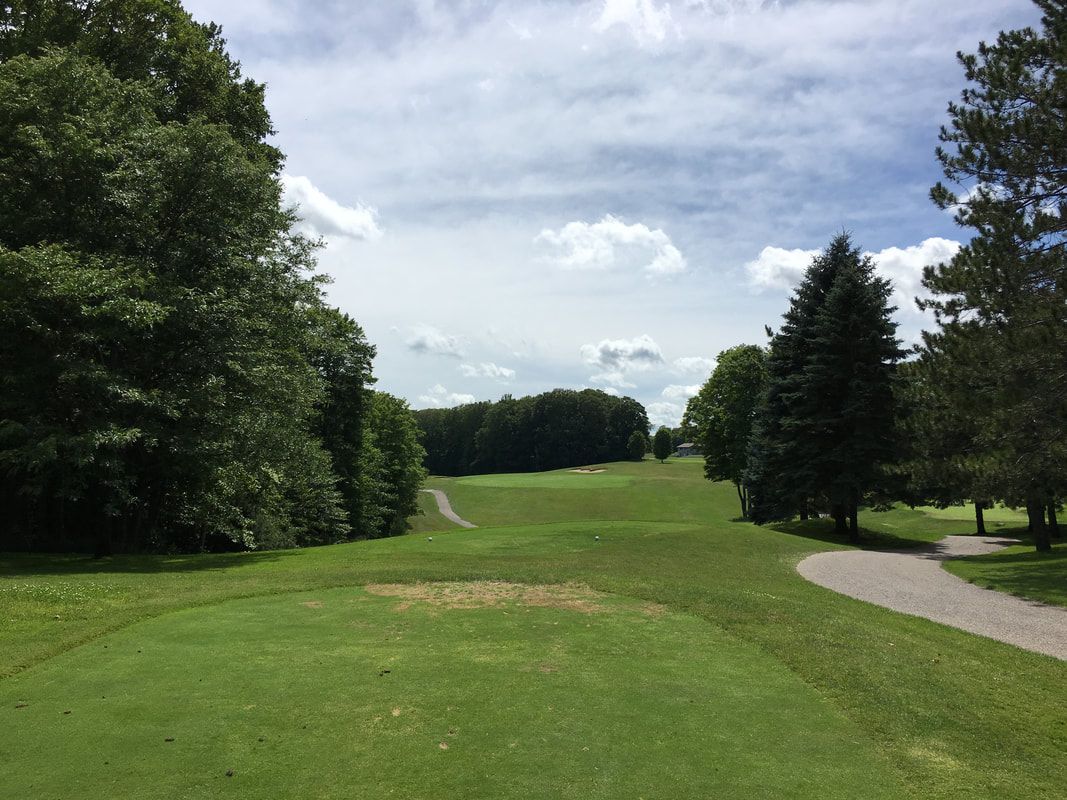
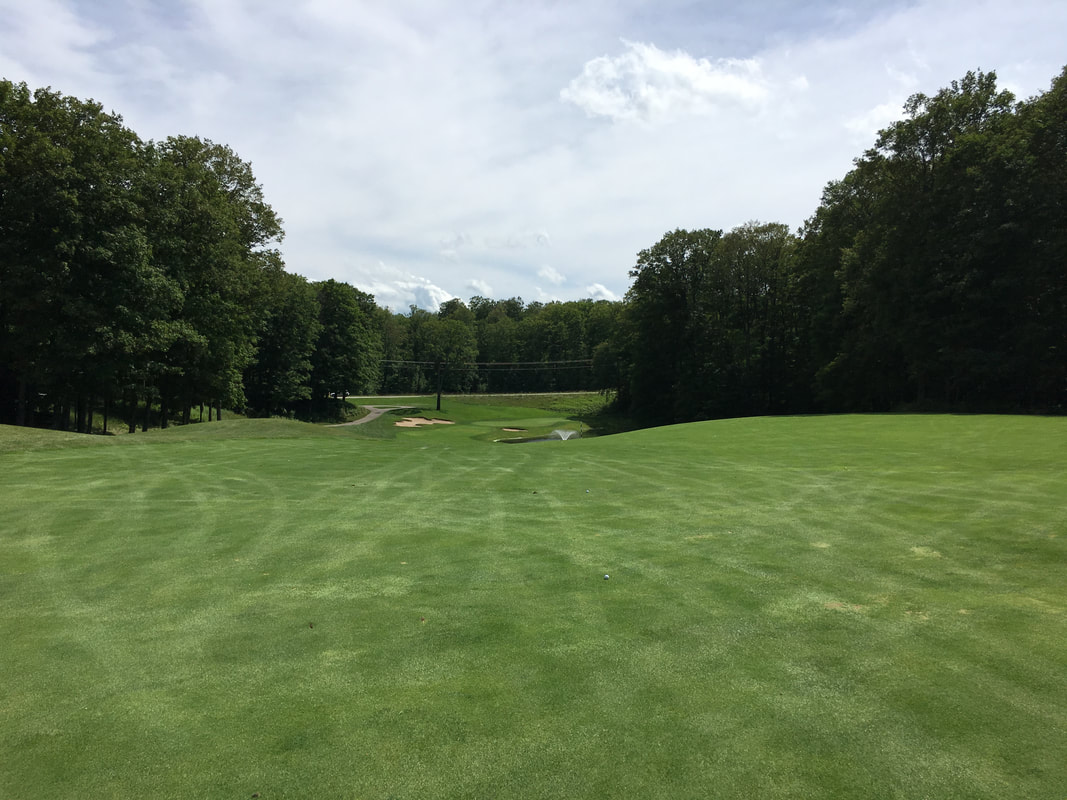
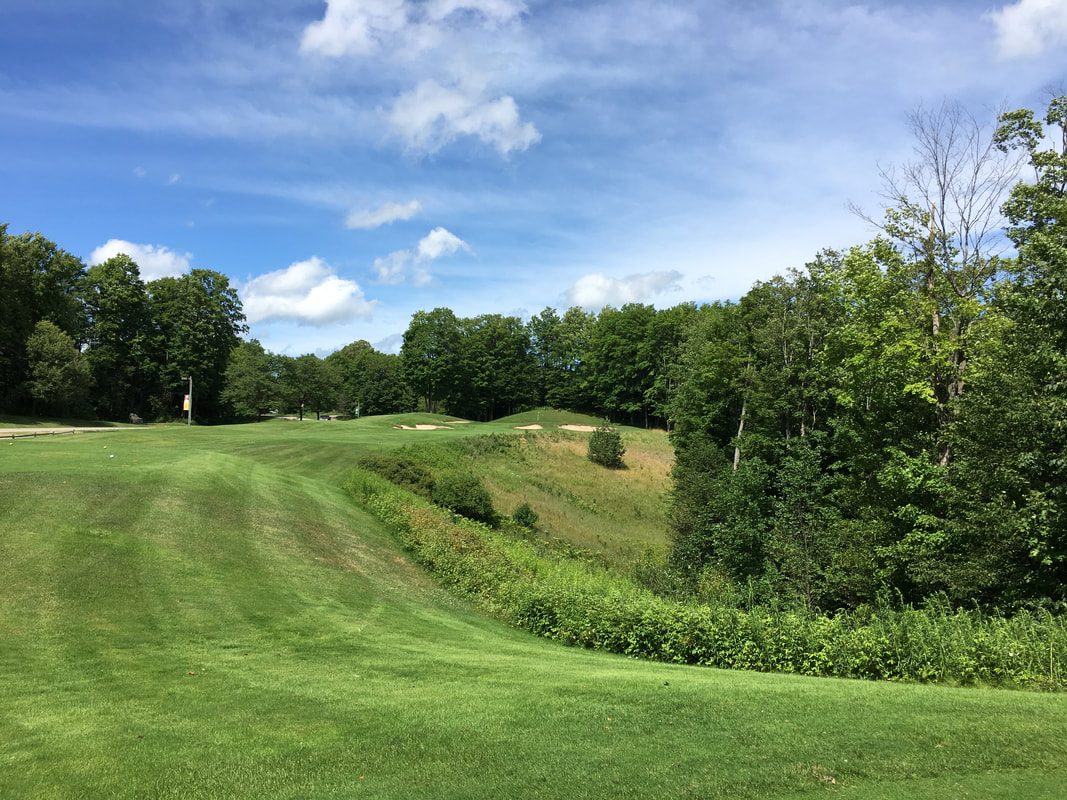
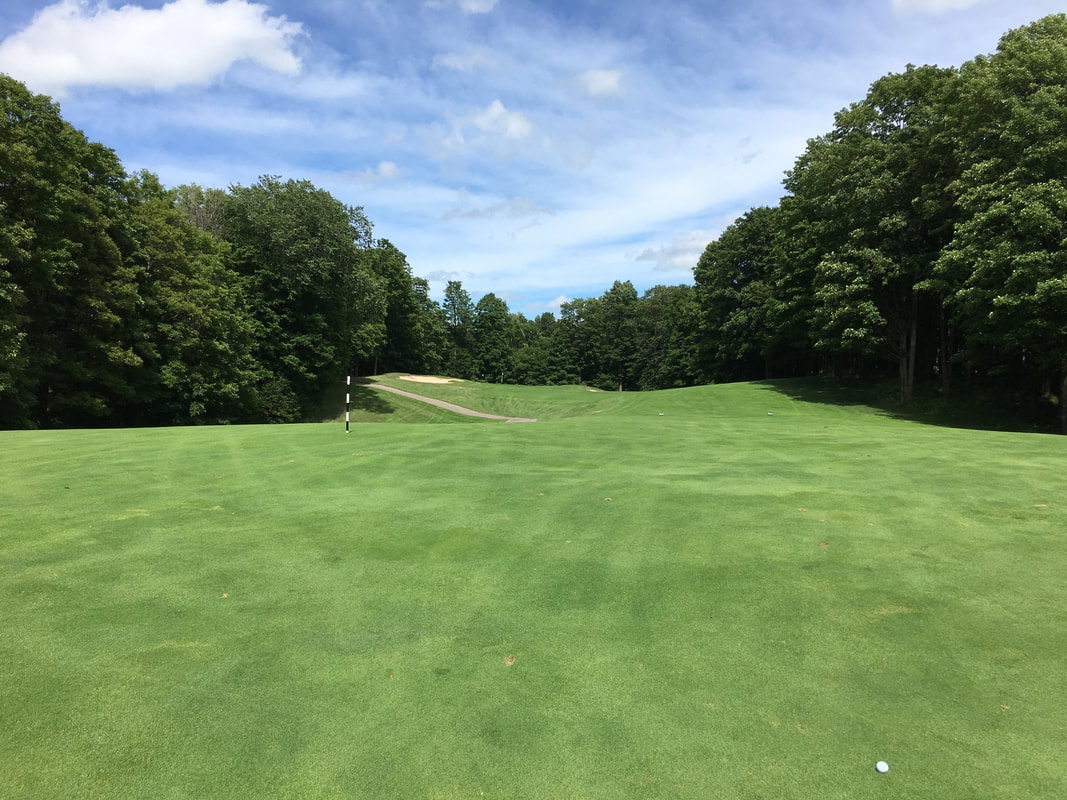
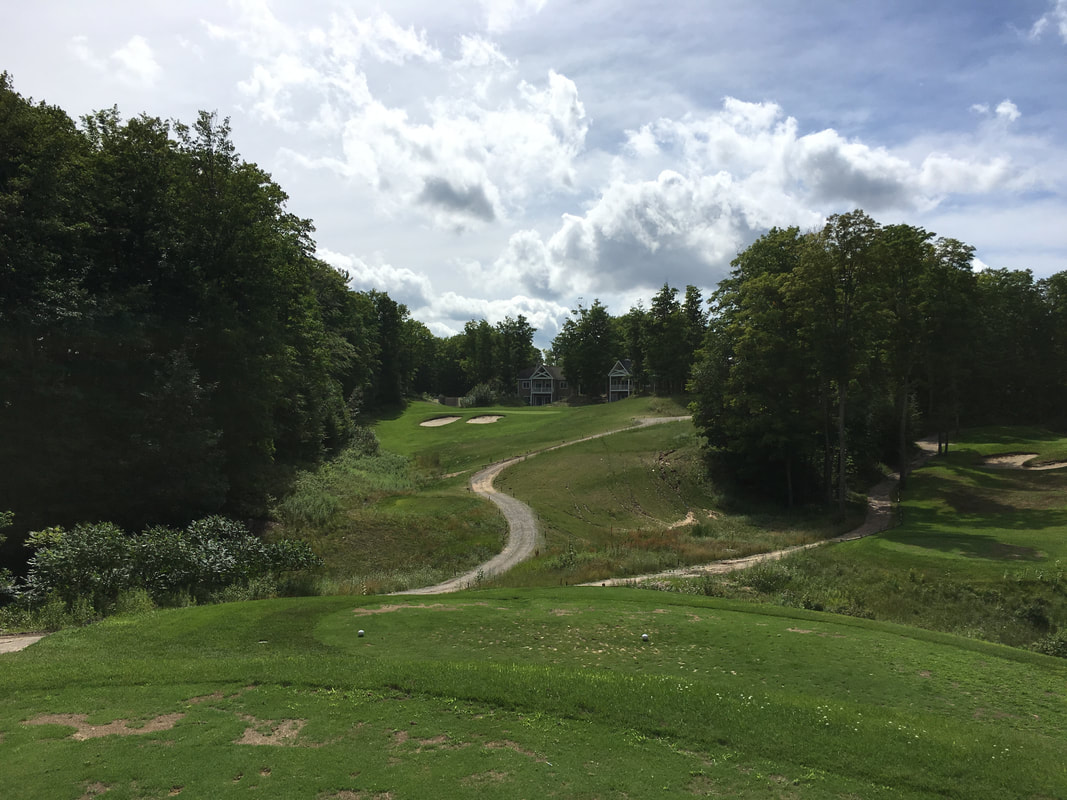
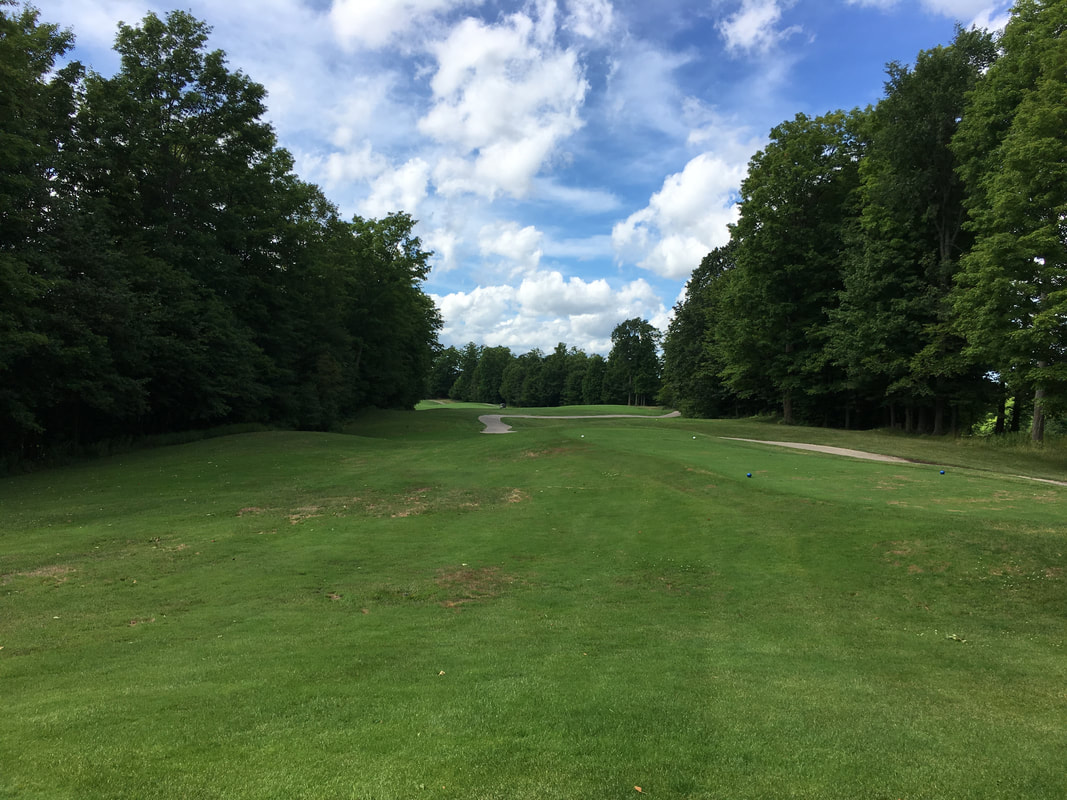
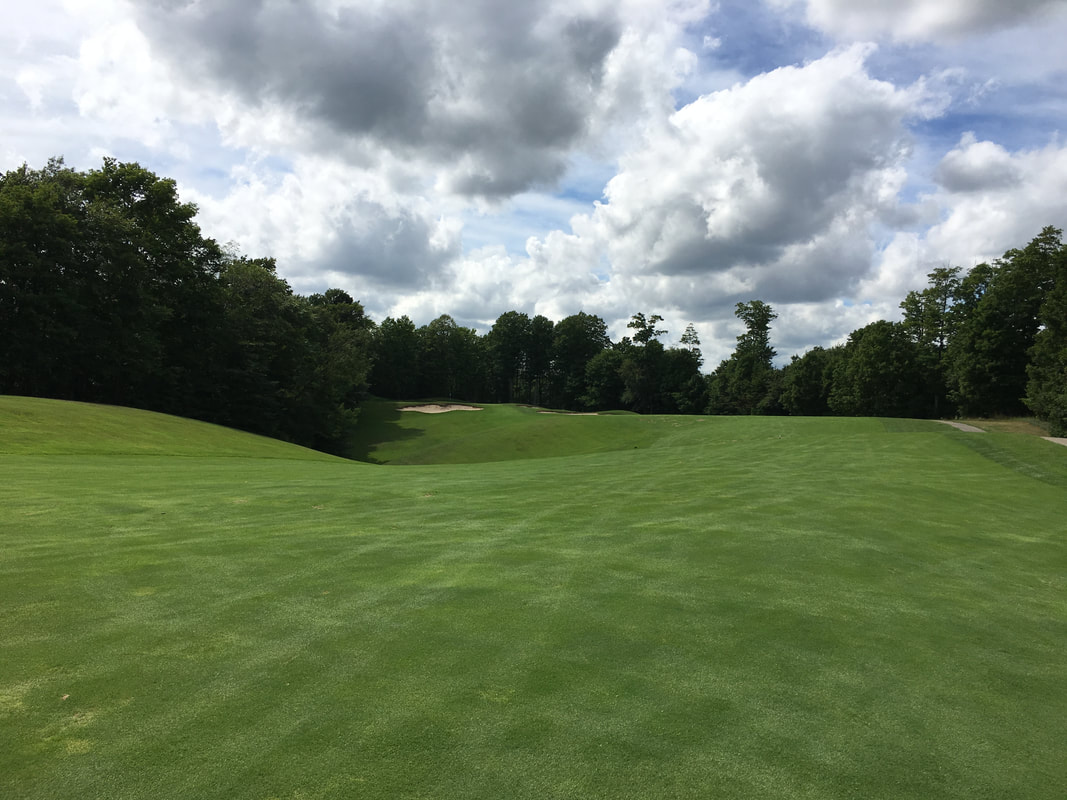
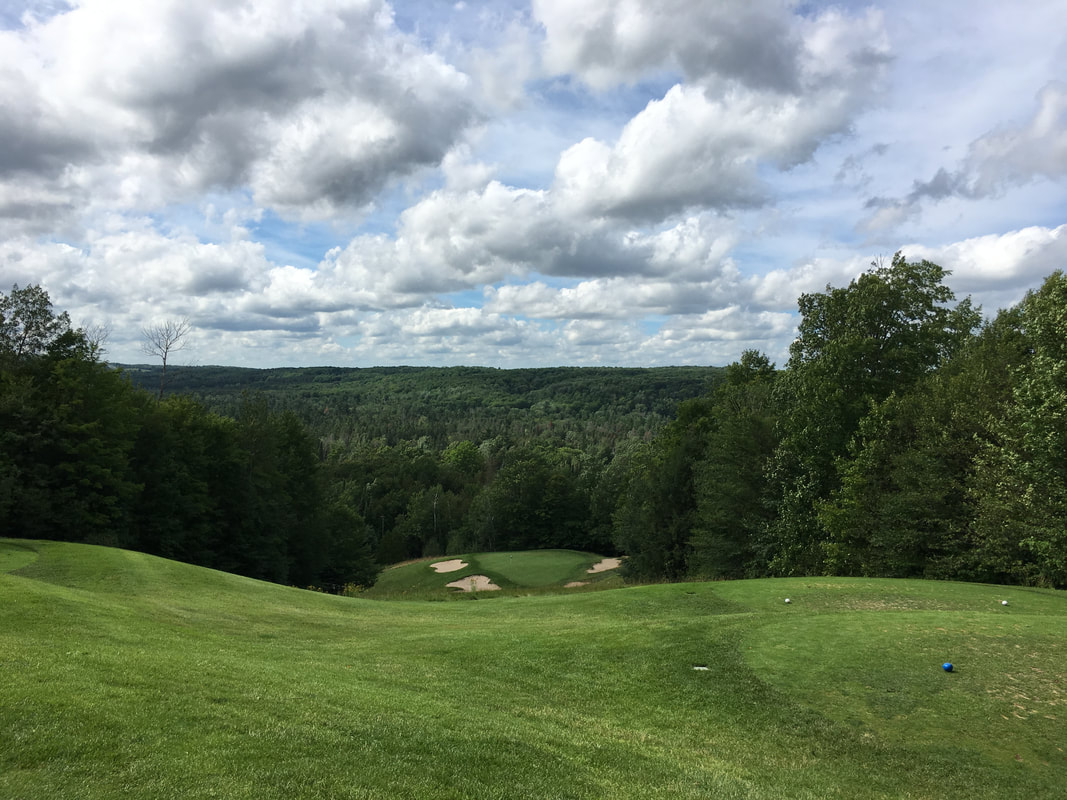
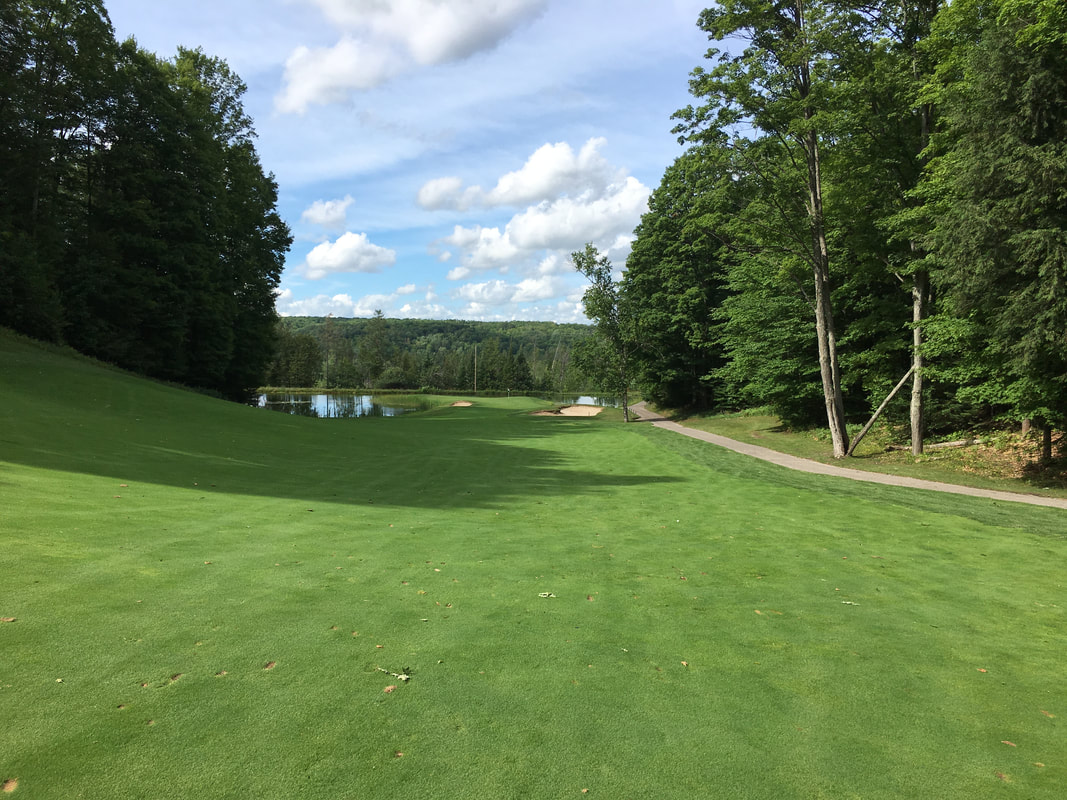
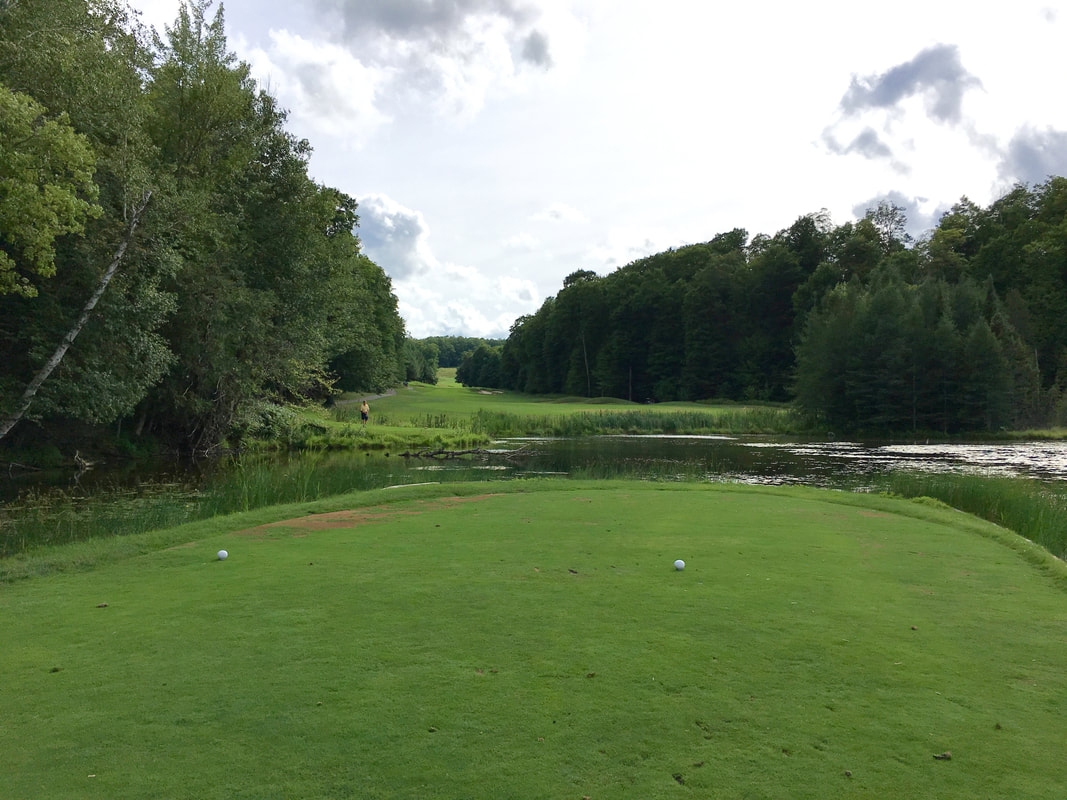
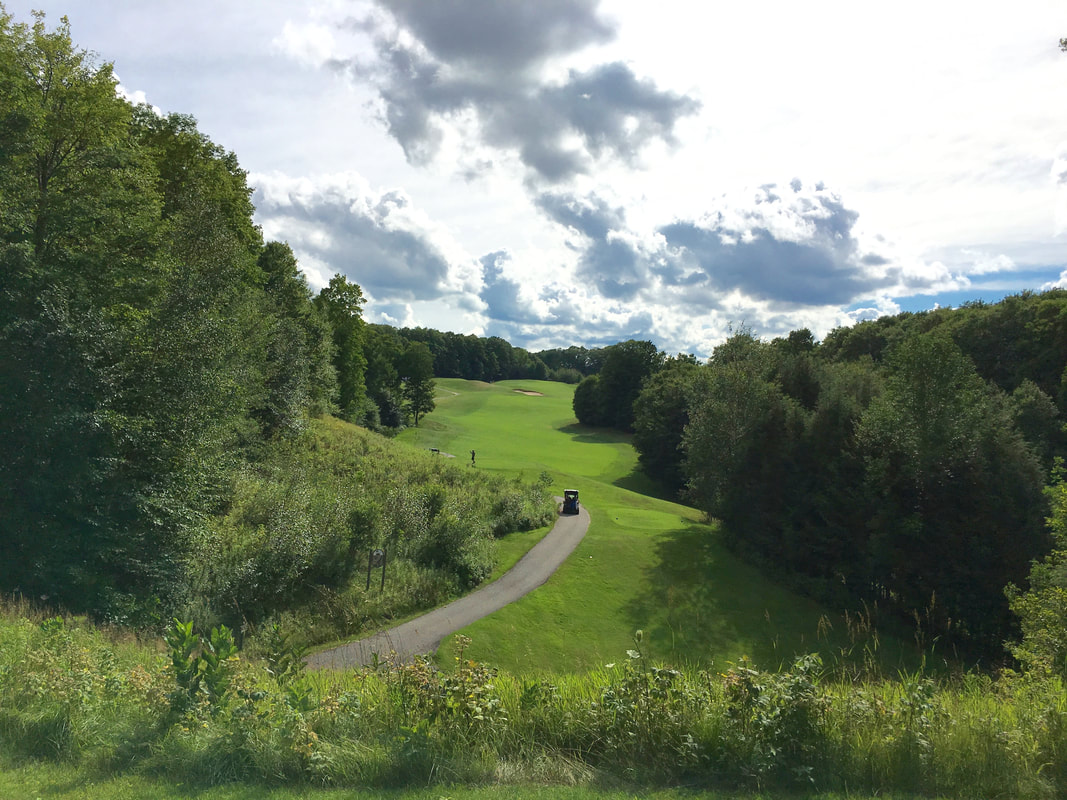
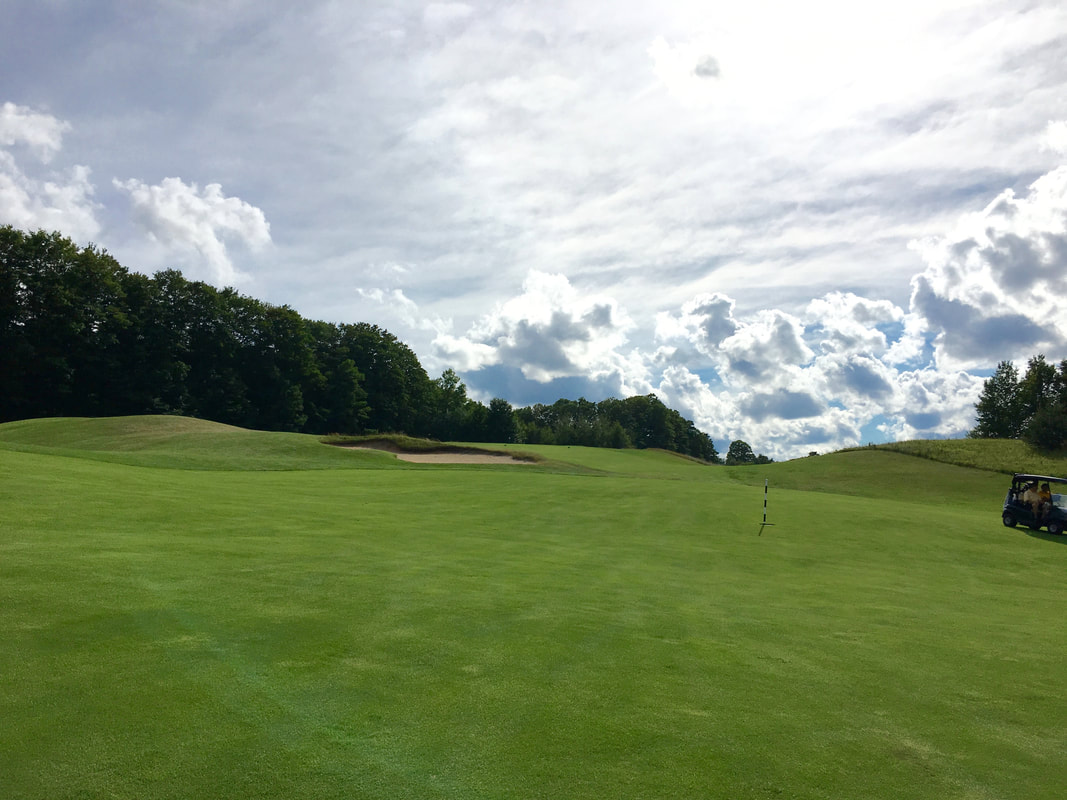
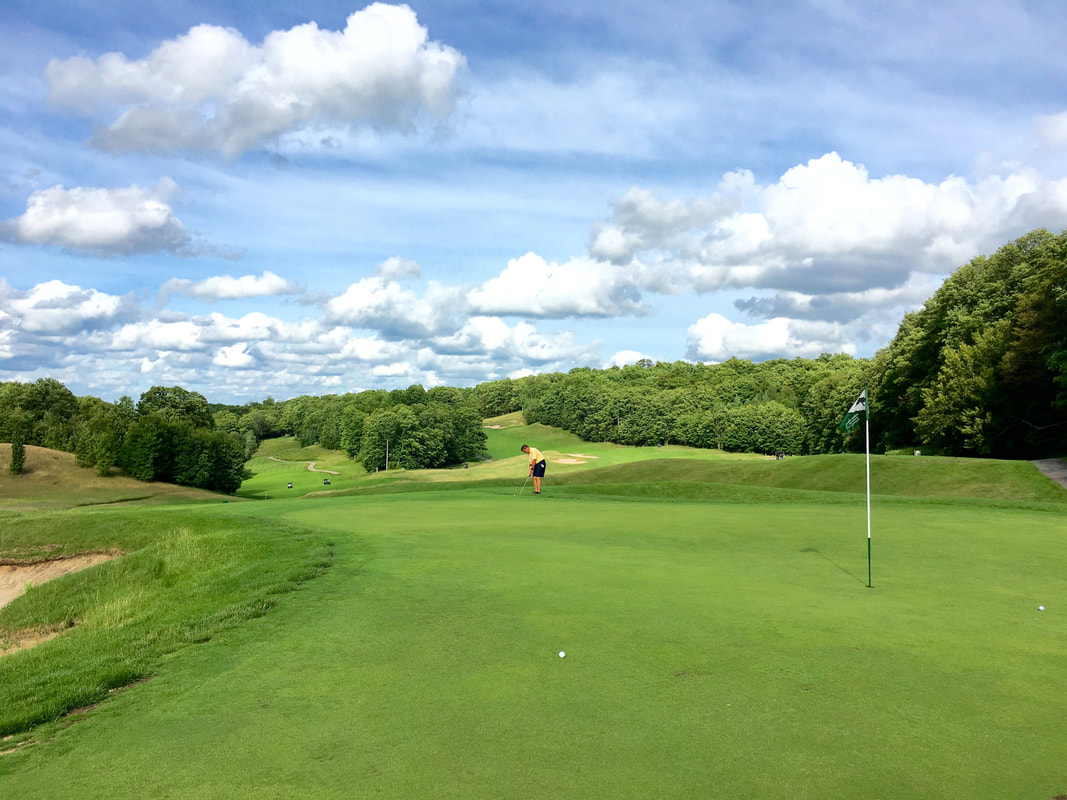
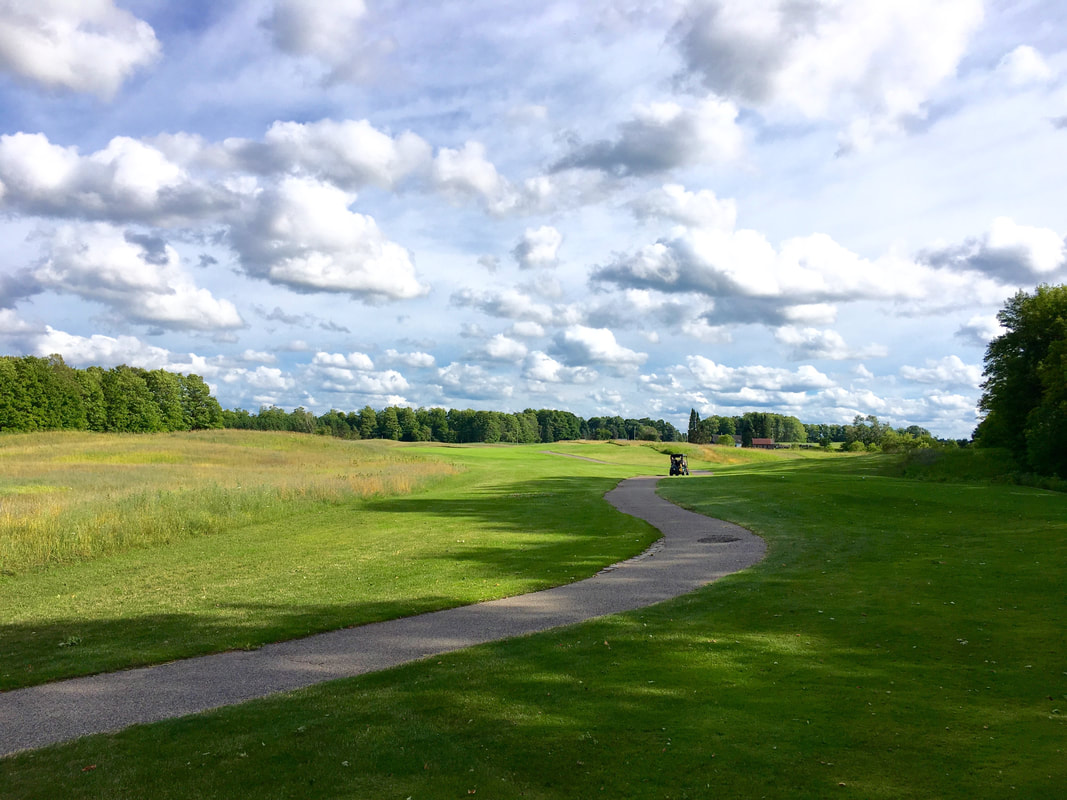
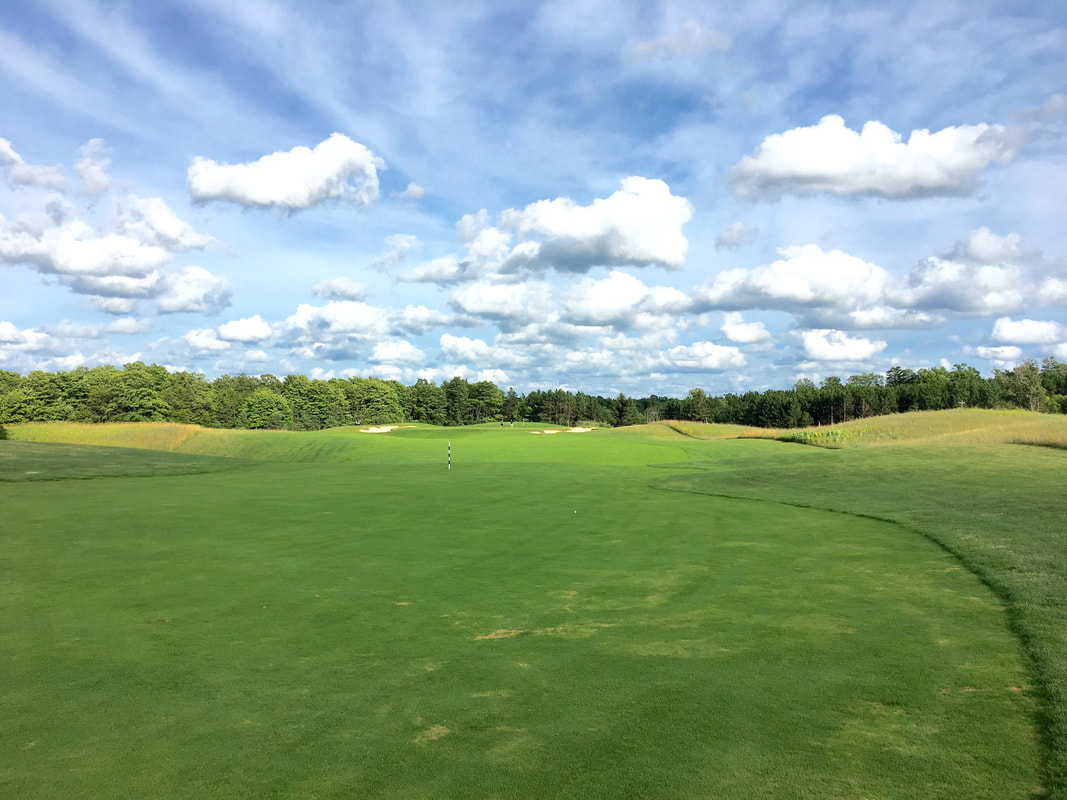
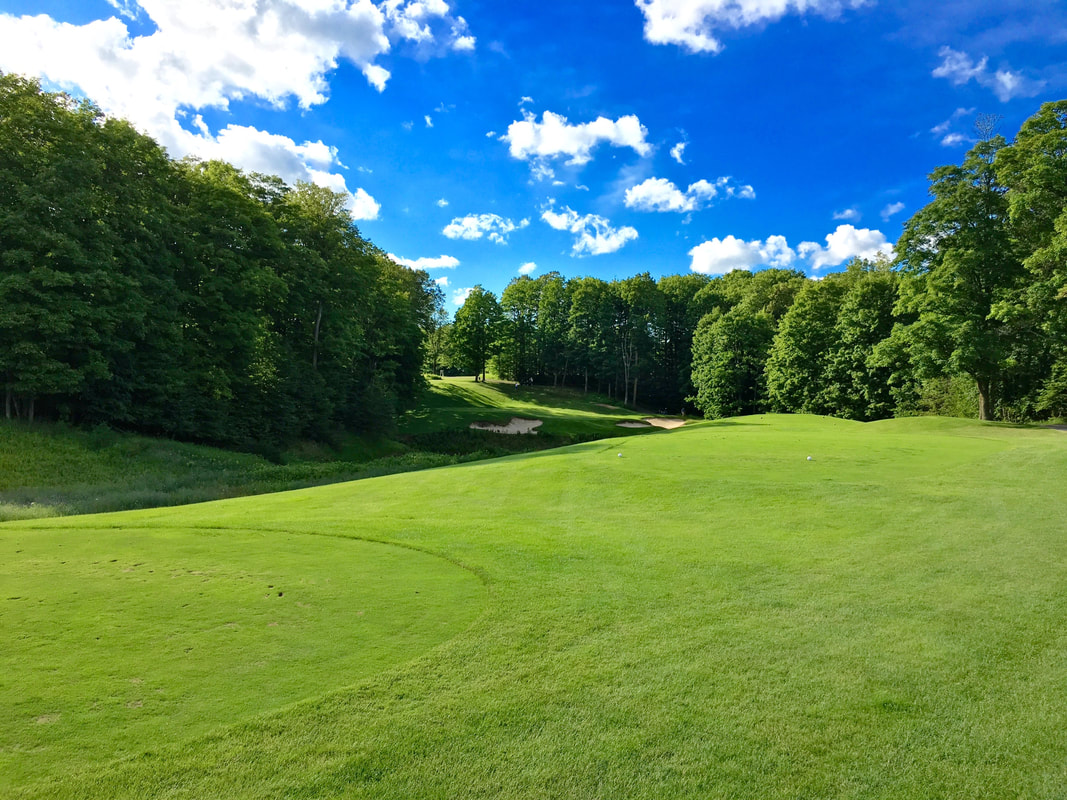
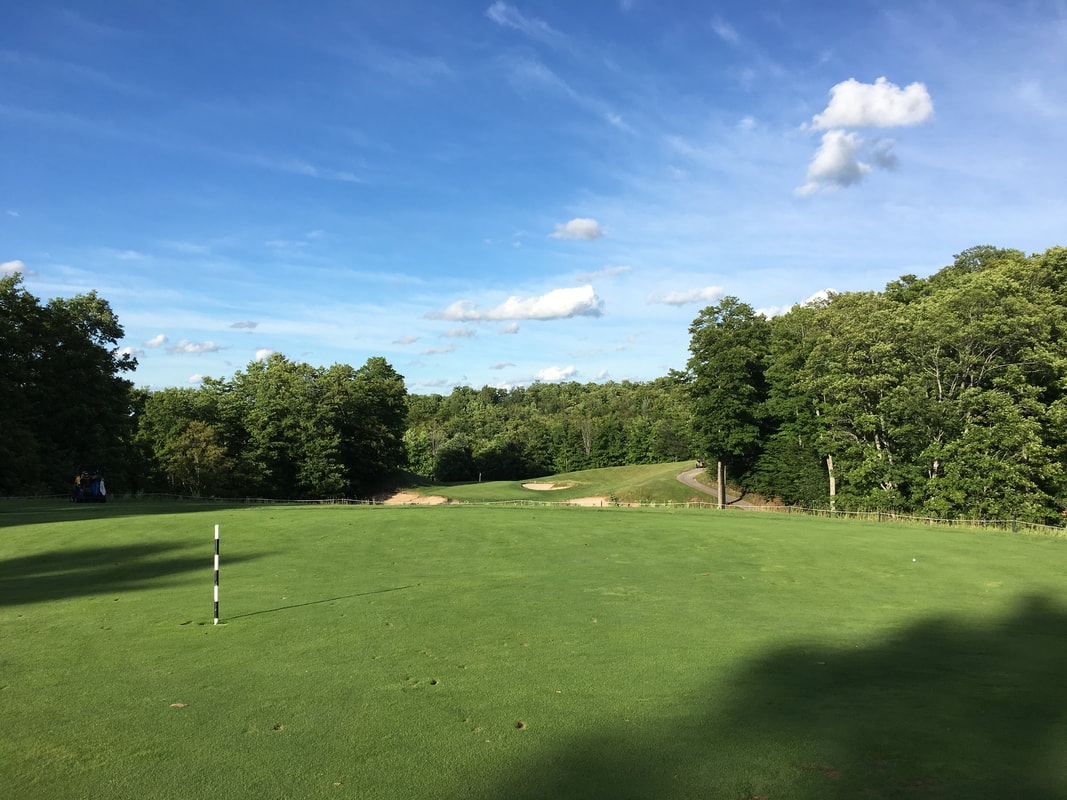
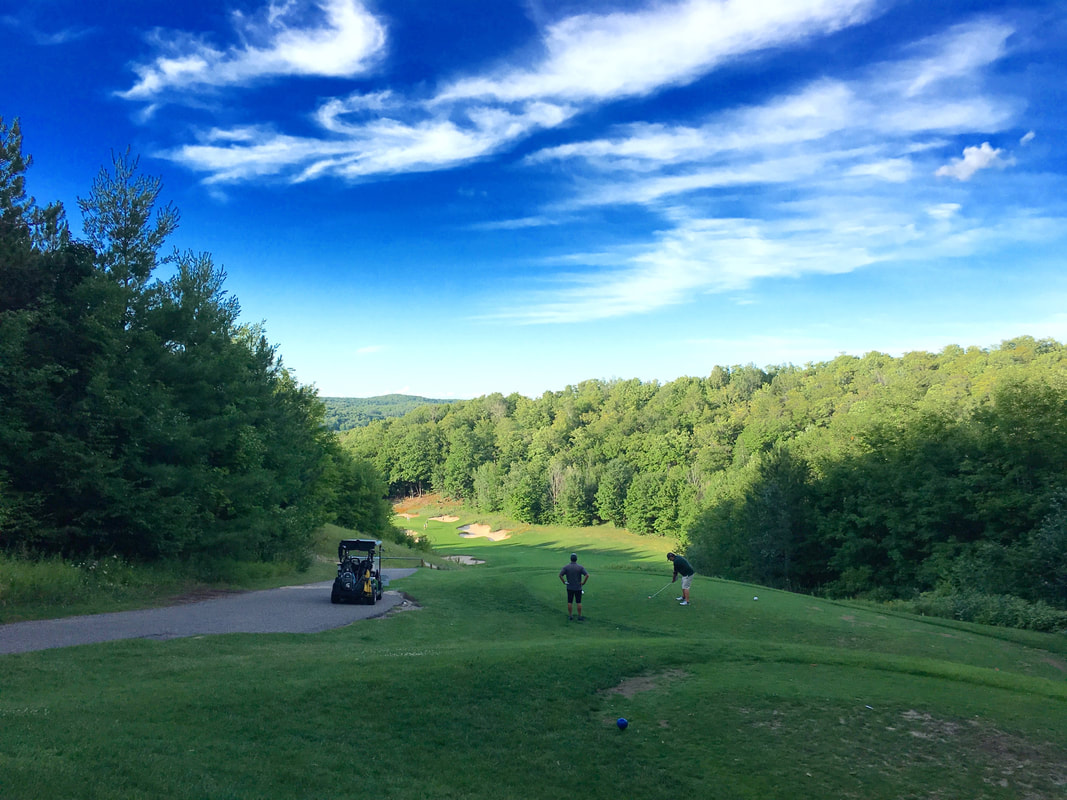
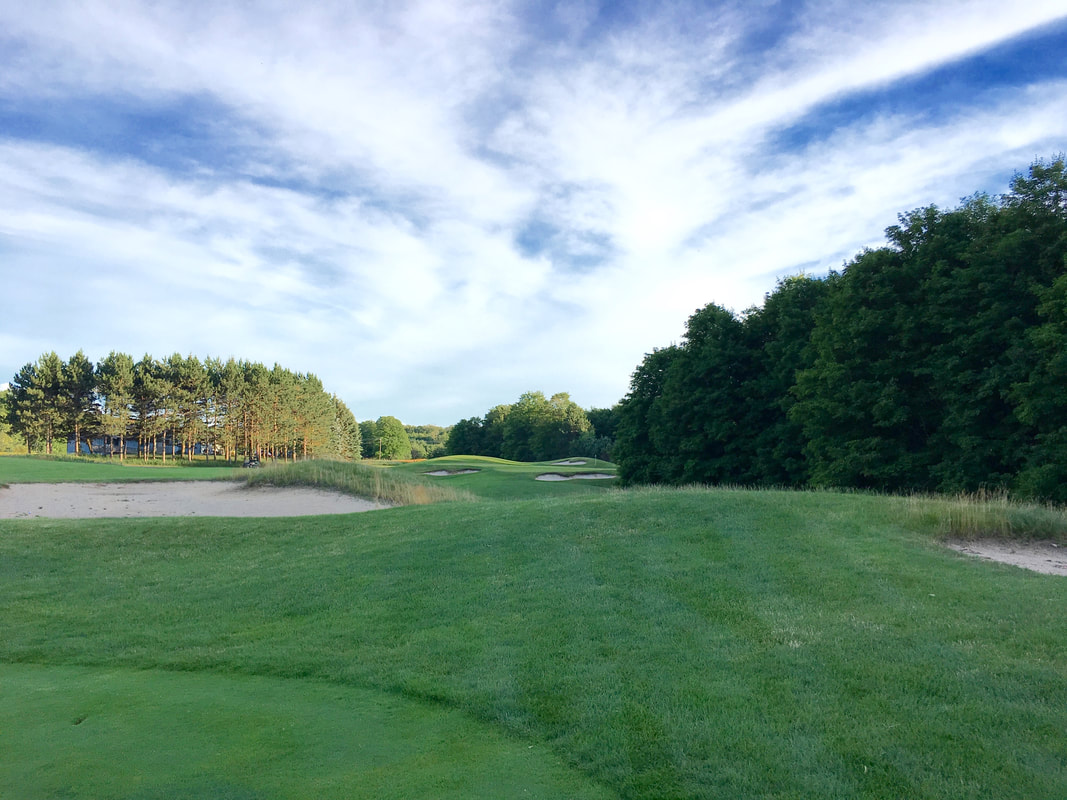
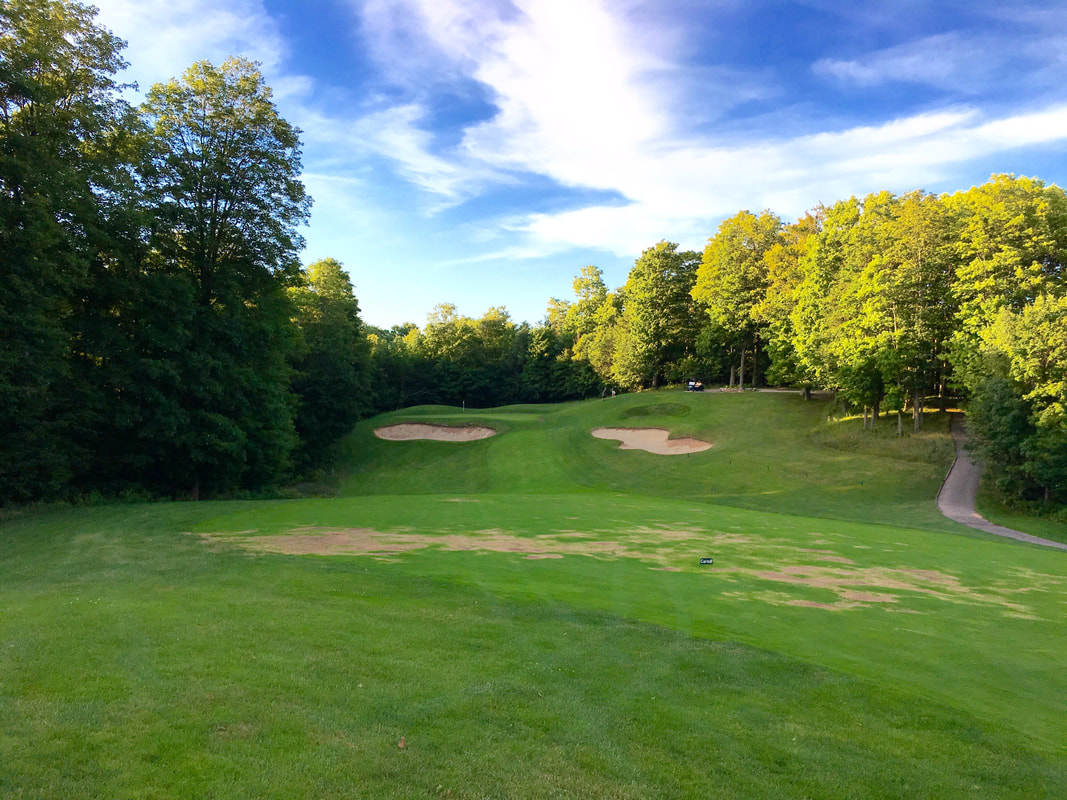
 RSS Feed
RSS Feed